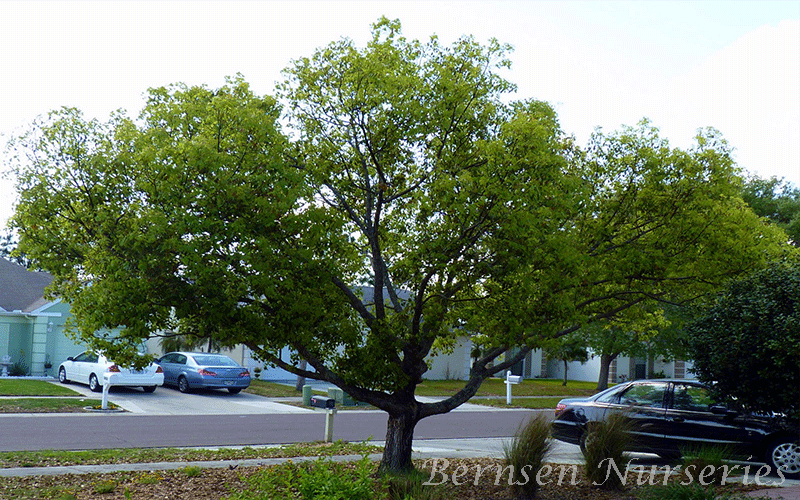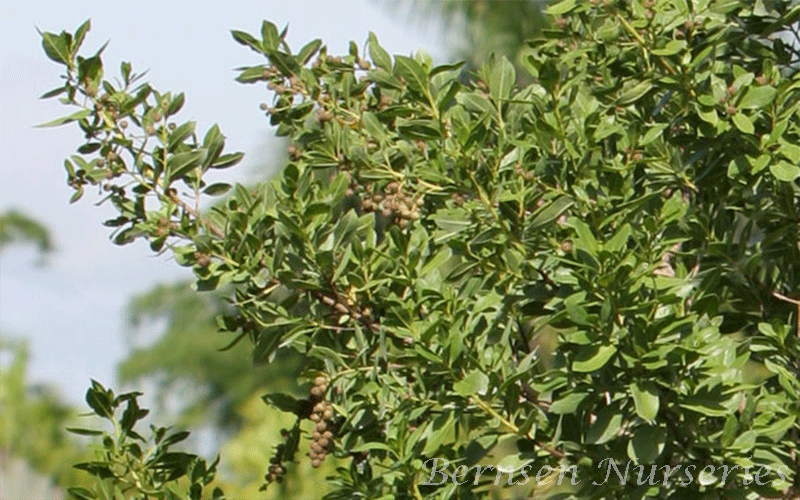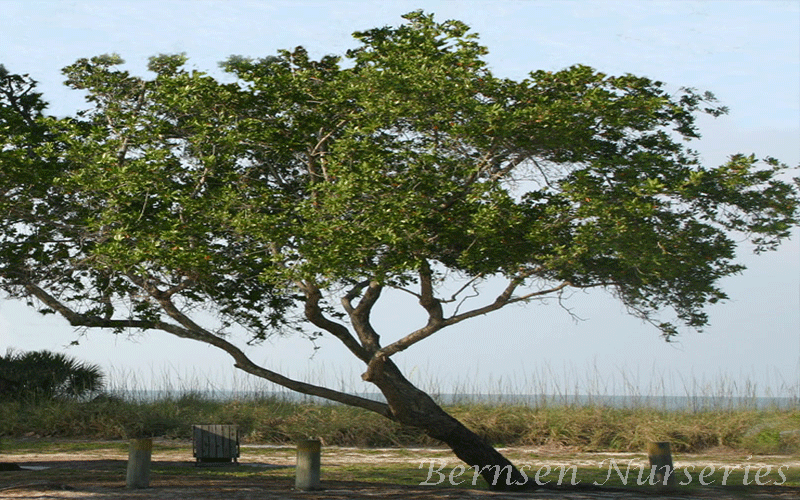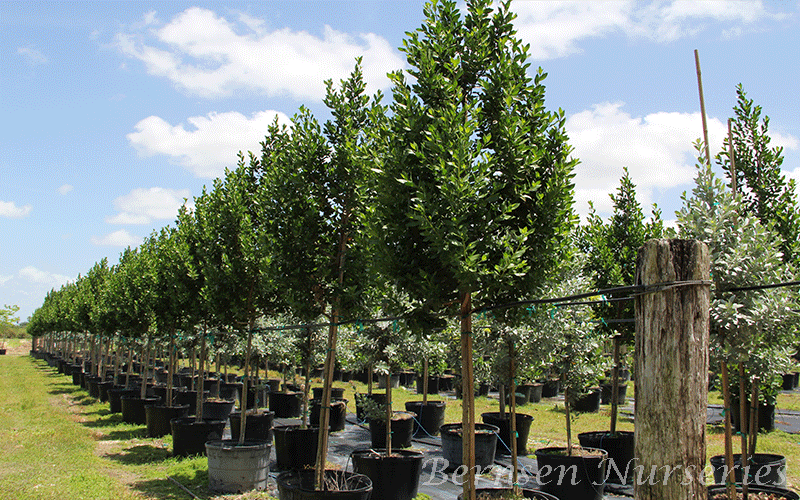GREEN BUTTONWOOD TREE Naples
Buttonwood is native to Bermuda, both coasts of south Florida, the Bahamas, the Caribbean (except Dominica) Mexico, Central and South America and the Galapagos Islands. Sometimes called “button mangrove”, the plant usually grows just inland from the white mangroves.
While this is the norm, green buttonwood can be found growing on beaches as pictured below. It also is commonly found in a wide variety of inland habitats such as the edges of low hammocks and the borders of fresh and brackish marshes.
Ecological and Ethnobotanical Functions: Buttonwood is a seaside shrub or tree with highly salt-resistant foliage. It protects the soil during storm surges and helps stabilize dunes. Buttonwood provides food and cover for wildlife. It is a favorite fuel for smoking fish and makes an excellent firewood emitting very little smoke while burning.
It has also been used as a source for charcoal. The wood is heavy and durable in water, making it useful for boats, barges and other maritime construction. Although very durable, the wood is susceptible to attack by dry wood termites. The bark has been used in tanning and in medicine and the leaves also contain tannin. Buttonwood has been used as an astringent and as a folk remedy for many ailments.
Planting and Maintenance Guidelines: Buttonwood is a tough long-lived plant that grows well in sandy or rocky, alkaline soils as well as wet, saline conditions. It is well suited for difficult urban situations and is highly recommended for seaside plantings.
It is available as a single or multi-trunk specimen. Plant it in full sun or partial shade but it is not tolerant of dense shade. It requires no irrigation except in the driest sites. Buttonwood is a “clean” tree and is not associated with distinct seasonal leaf loss. Its medium textured dense foliage makes it ideal for use as a clipped hedge of varying heights or as a tall screen. For screen, set plants about 5 feet apart. The rough, scaly bark makes an ideal environment for the attachment of bromeliads and orchids.
Plant Care: Add top soil or organic peat moss, mixed with composted cow manure to the hole when you plant. Trim to shape as needed, but avoid doing a hard pruning of more than 1/3 of the plant. Any hard pruning should be done in spring - late March or early April. Water on a regular basis.
Though this shrub is drought-tolerant once it's established, regular irrigation will keep it lush and full. If nothing else, at least give it a good drink during dry spells. Fertilize 3 times a year in spring summer, and autumn with a high-quality granular fertilizer.




